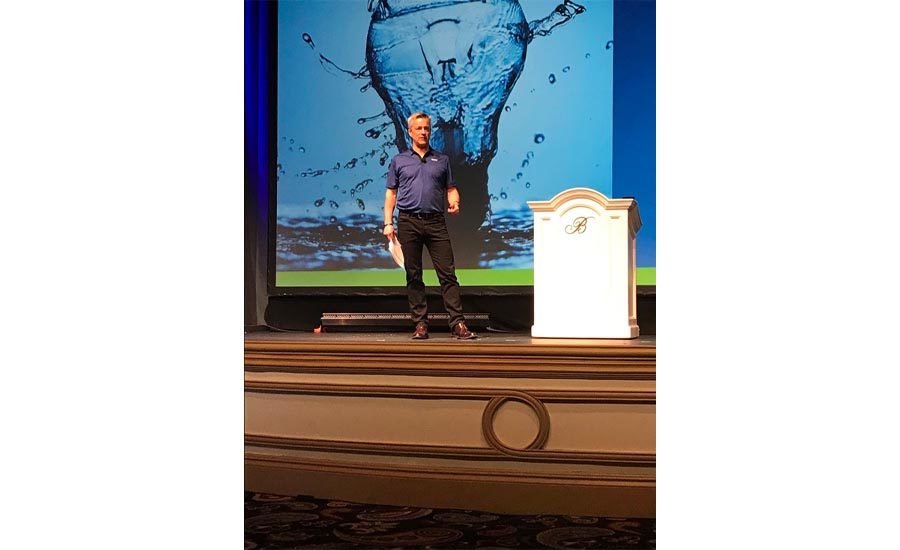Home » Keywords: » plumbing engineers
Items Tagged with 'plumbing engineers'
ARTICLES
Editorial Opinion | Natalie Forster
Supply House Times Chief Editor takes on Plumbing & Mechanical; aims to share information between two audiences.
Read More
Feature
Reducing carbon emissions from houses of worship
Low-cost, high-impact steps to help religious facilities reduce energy consumption.
January 21, 2025
Plumbing Essentials — Design Approaches, Codes and Everything in Between | Lowell Manalo
Backflow preventers in research and laboratory buildings
Protecting people or equipment? Or both?
January 17, 2025
Designing and specifying emergency eyewashes and safety showers
Having reliable emergency equipment ready for immediate use in case of exposure is critical.
December 19, 2024
How low-use fixtures fuel drainpipe corrosion and blockage
Silent saboteurs.
December 16, 2024
Plumbing Talking Points | David Dexter
Bringing modern plumbing into historical buildings
Observing plumbing systems from around the world.
December 10, 2024
Plumbing Essentials — Design Approaches, Codes and Everything in Between | Lowell Manalo
Out of sight, out of mind — pulling back the curtain on plumbing systems design
Engineers need to use visual exposure of the inner workings of MEP systems to attract the next generation.
November 21, 2024
Professional Plumbing Engineer Viewpoints | James Dipping
Advancing sustainability in commercial plumbing systems
The industry needs to adopt more modern domestic water pipe sizing practices.
November 20, 2024
EVENTS
Sponsored Webinar
11/13/24 to 11/13/25
Contact: Ian
Future Proofing MEP: Navigating the 2026 High Efficiency Water Heating Standards
IMAGE GALLERIES
2018 Uponor Convention
This year’s Uponor Convention was held from April 4-5, at the Bellagio in Las Vegas. Photos by John McNally/pme
April 9, 2018
Keep your content unclogged with our newsletters!
Stay in the know on the latest plumbing & piping industry trends.
JOIN TODAY!Copyright ©2025. All Rights Reserved BNP Media.
Design, CMS, Hosting & Web Development :: ePublishing















